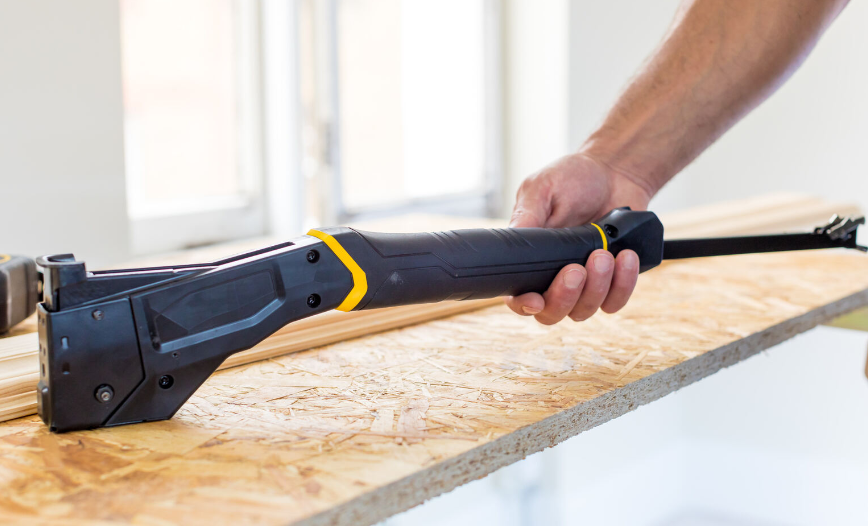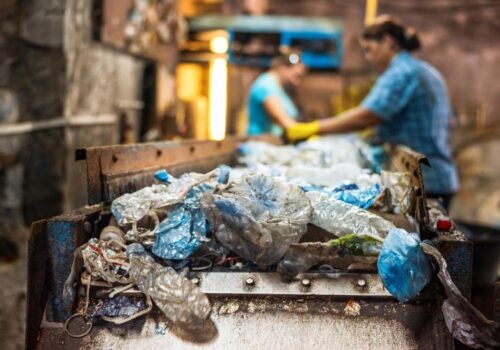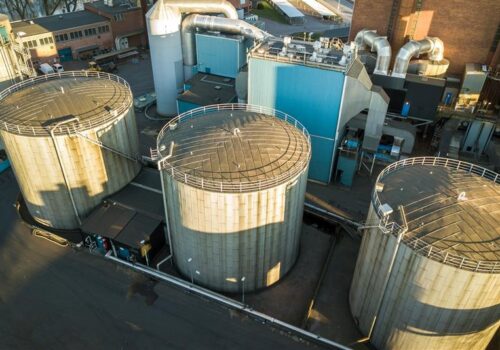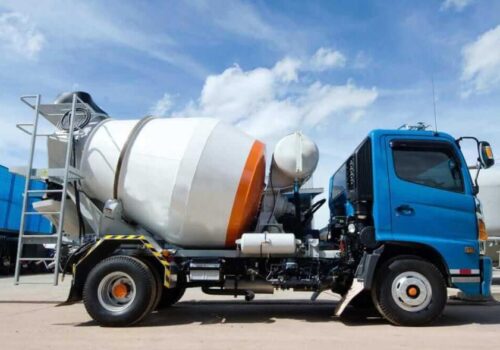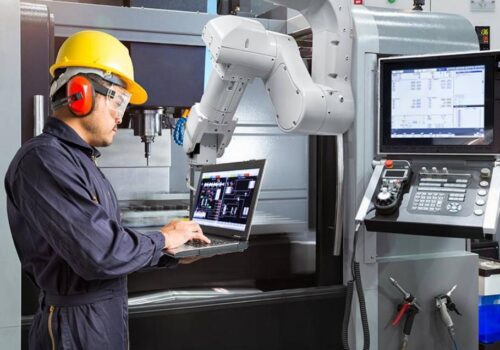Understanding The Environmental Impact of Hammer Staplers nail gun in NZ
In today’s world, environmental consciousness is at the forefront of both individual and corporate decision-making. Among the myriad of tools used daily, the hammer stapler often goes unnoticed in discussions about sustainability. However, understanding its environmental impact can lead to more informed choices that benefit our planet.
Materials and Manufacturing
The hammer stapler is typically made from a combination of metal and plastic components. The production of these materials has significant environmental implications. Metals, such as steel or aluminium, require mining, which disrupts ecosystems and consumes large amounts of energy. The process of refining these metals further contributes to air and water pollution. On the other hand, plastics are derived from petroleum, a non-renewable resource. The extraction and refining of petroleum release greenhouse gases, contributing to global warming. Additionally, the production process for both metal and plastic parts involves substantial energy consumption, adding to the carbon footprint of the tool.
Durability and Lifespan
One of the critical factors in assessing the environmental impact of any product is its lifespan. A hammer stapler is designed for durability and can last many years with proper maintenance. This long lifespan means fewer resources are needed for replacements, reducing overall environmental impact. However, when these tools reach the end of their life, disposal becomes a concern. Metals are generally recyclable, but separating them from plastic components can be challenging.
Usage and Efficiency
When comparing manual staplers to electric ones, the hammer stapler stands out for its energy efficiency. Manual operation means no electricity is required, reducing its environmental footprint during use. This advantage is significant, especially in regions with high energy costs or where electricity generation is primarily from fossil fuels. For businesses and individuals in Staplers in NZ, where there is a strong push for sustainable practices, opting for manual tools like hammer staplers can align with eco-friendly goals.
Alternatives and Innovations
The market is slowly seeing the introduction of more environmentally friendly alternatives. Some manufacturers are exploring the use of recycled materials and more sustainable production methods. Additionally, innovations in design may lead to more easily recyclable products, reducing waste. Supporting companies that prioritise sustainability can drive the industry towards greener practices.
Conclusion
In conclusion, while often overlooked, the hammer stapler has an environmental impact that warrants consideration. From the materials used in its construction to its energy efficiency and disposal, each stage of its life cycle presents opportunities for more sustainable choices. By understanding these impacts, we can make better decisions that contribute to a healthier planet.

